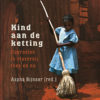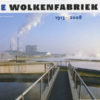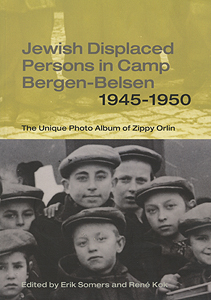Terug/Home/Webwinkel ramsj.nl /Geschiedenis/Tweede Wereldoorlog/Jewish Displaced Persons in Camp Bergen-Belsen 1945-1950
Erik Somers
Jewish Displaced Persons in Camp Bergen-Belsen 1945-1950
the unique photo album of Zippy Orlin
€ 14,95 Oorspronkelijke prijs was: € 14,95.€ 7,90Huidige prijs is: € 7,90.
Uitverkocht
ISBN: 9789040088940.
Paginas:
239
Uitgever:
Wbooks
Auteur:
Erik Somers
Taal:
EN
Categorieën: Geschiedenis, Tweede Wereldoorlog.
‘Jewish Displaced Persons in Camp Bergen-Belsen 1945-1950’ is based on a unique photo album that includes more than 1100 pictures from the former Bergen-Belsen concentration camp, in the years following the end of WW-II, when it served as a center for displaced Jewish Holocaust survivors. Zippy Orlin was a social worker for the American Jewish Joint Distribution Committee at that time. The photos provide a compelling impression of daily life in this camp.
Gerelateerde producten
geschiedenis
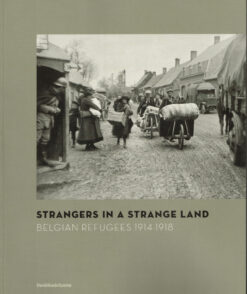
Strangers in a Strange Land
Flight. Risking the loss of all your worldly goods. Leaving hearth and home in headlong panic. A traumatic experience that turns life upside down in a moment of time. That was what happened in August 1914, when the First World War broke out. The German army flattened neutral Belgium like a steamroller. About one to one-and-a-half million Belgians fled to the Netherlands, France and Great Britain. More than half a million of them had to remain in exile until the end of the War. How were the refugees received in the host Countries? Could the children go to school and the adults find work? Was there any opportunity for recreation? In short, how did the refugees live through and survive those four long years of exile? A gripping picture of the greatest exodus in the history of Belgium. 'Strangers in a Strange Land' is drawn from extraordinary documents never seen before, from museums in Belgium and abroad, private archives and libraries; the personal witness of refugees and those who helped them, letters, diary entries. Poignant photographs add painful reality to this tragic exodus of people. A compelling record of its time. Davidsfondspap - 144 blz
geschiedenis
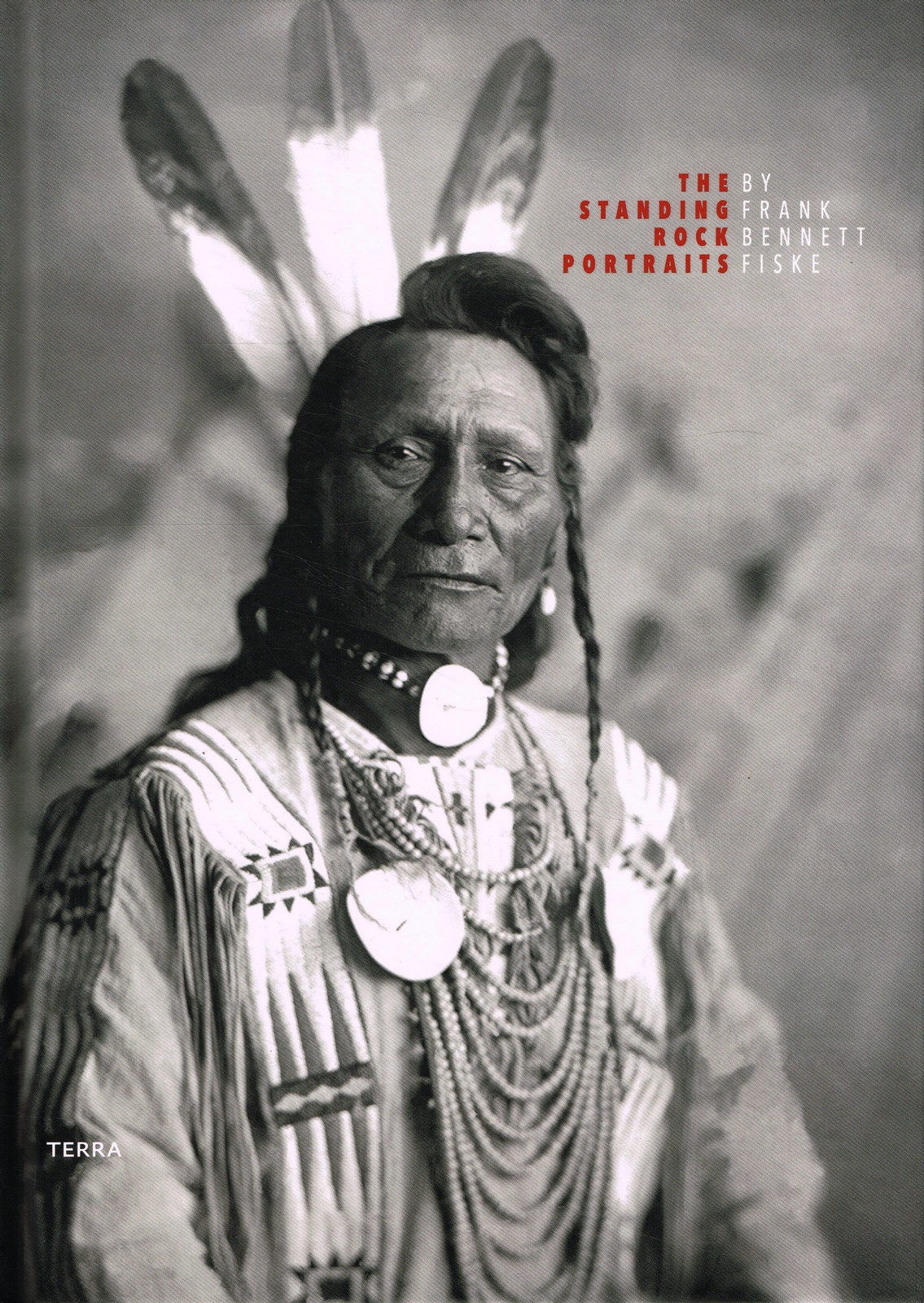
Frank Bennett Fiske
The Standing Rock Portraits
For English see below- Meer dan honderd jaar geleden begon fotograaf Frank Bennett Fiske (1883-1952) met het fotograferen van leden van de Standing Rock Sioux in zijn studio in Fort Yates, North Dakota. Hij was 16 jaar oud toen hij de studio overnam van S.T. Fansler. De mannen en vrouwen die Fiske fotografeerde waren zijn vrienden en buren, indianen die al meer dan twintig jaar in dit reservaat woonden. Fiske heeft daar bijna zijn hele leven gewoond. De getoonde beelden zijn gemaakt met een grote studiocamera op glasplaatnegatieven en zijn verbluffend qua helderheid en compositie en zijn zelden in het openbaar gezien.De in Dakota geboren fotograaf en grafisch ontwerper Murray Lemley heeft een selectie van Fiske's werk samengesteld zodat de wereld deze kan zien.- More than a hundred years ago, photographer Frank Bennett Fiske (1883-1952) began photographing members of the Standing Rock Sioux in his studio at Fort Yates, North Dakota. He was 16 years old when he took over the studio from S.T. Fansler. The men and women Fiske photographed were his friends and neighbors, Native Americans who had lived on this reservation for more than 20 years. Fiske lived there nearly all his life. Made with a large studio camera on glass plate negatives, the resulting images are stunning in their clarity and composition, and have rarely been seen in public. Dakota native, photographer and graphic designer Murray Lemley has curated a selection of Fiske's work for the world to see. Engelstalig boek Terrageb - 112 blz
geschiedenis
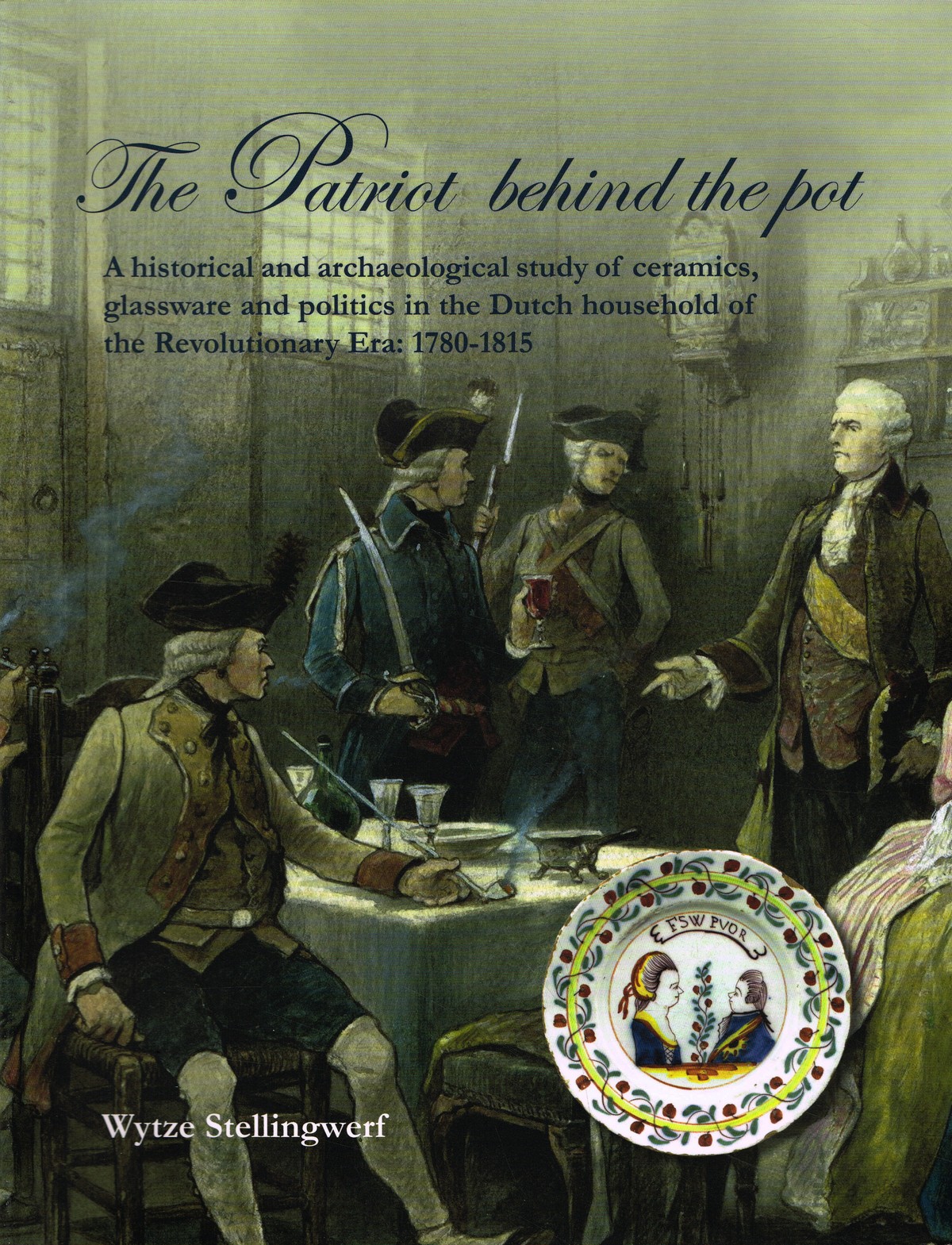
Wytze Stellingwerf
The Patriot Behind the Pot
The Patriot behind the pot tells the story of pottery, people and politics in the Netherlands during a time of great revolutions; revolutions both in a political and industrial sense. This study shows how at the end of the 18th century numerous Dutch people used all kinds of ceramic and glass items in their household as media to convey their political stance in favor of or against the ruling House of Orange. Many of these more than 200 years old politically charged items have been preserved in museum collections. Sporadically, pieces of them are retrieved from archaeological sites as well. Along with dozens of historical sources and hundreds of other ceramic and glass artifacts that were discarded or lost by their former owners in the same archaeological contexts, these fascinating objects with a certain political meaning have been examined in order to understand the material culture of Dutch Orangists and Patriots in the period around 1800. Apart from a thorough study of late 18th- and early 19th-century ceramics and glassware in the Netherlands, this book presents an extensive catalog of politically charged items from the period 1780-1815. This might help archaeologists, art-historians and collectors to recognize and further study these objects of great historical value. This book comprises a Master thesis written by Wytze Stellingwerf. In 2017 he graduated at the Faculty of Archaeology at Leiden University. This thesis was nominated for three prizes, respectively the national archaeological W.A. van Es prize, the Leiden University thesis prize and the IISG prize of the International Institute of Social History in Amsterdam. SPA uitgeverspap - 407 blz
geschiedenis
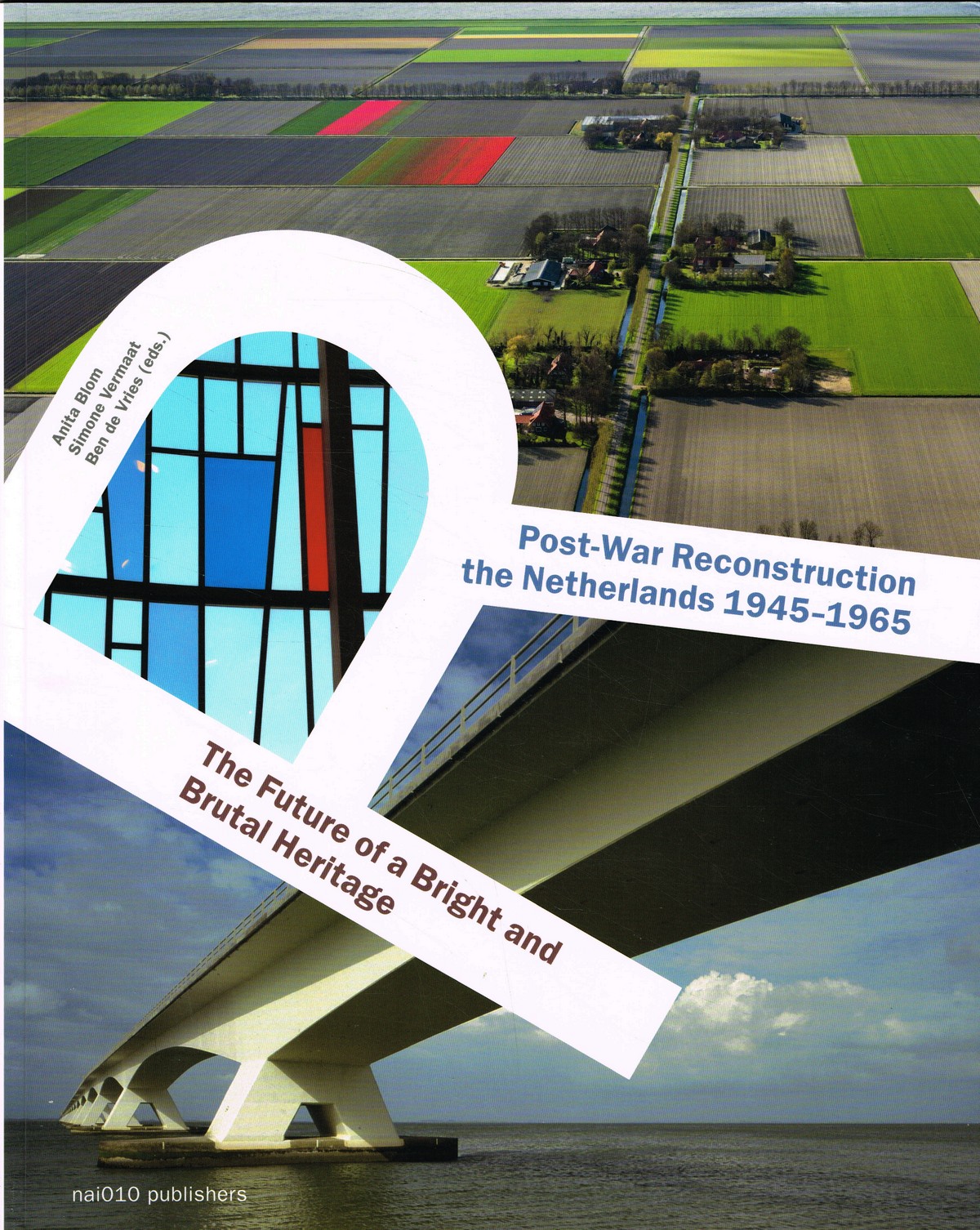
Anita Blom
Post-War Reconstruction in the Netherlands 1945-1965
For English see below- Europa kwam zwaar gehavend uit de Tweede Wereldoorlog. Nederland pakte, ondanks de omvang, de armoede en aanzienlijke oorlogsschade, de wederopbouw voortvarend op. Gebombardeerde steden en dorpen herrezen uit het puin en dankzij centrale sturing werd Nederland ruimtelijk opnieuw ingericht. Ook in economisch en sociaal-maatschappelijk opzicht vonden ingrijpende vernieuwingen plaats. Het gevoel van optimisme leidde tot een verrassend grote diversiteit in architectuur, stedenbouw en landschapsinrichting. De toepassing van nieuwe technieken en materialen leidde tot bijzondere experimenten. Bovendien werden veel bouwwerken voorzien van monumentale kunst, waarbij architecten en kunstenaars nauw samenwerkten. De wederopbouw van Nederland in de jaren 1945-1965 was een prestatie van formaat. Deze publicatie toont een overzicht van de bouwwerken van het herrijzende Nederland en gaat in op de betekenis van het erfgoed van de Wederopbouw voor de actuele opgave van transformatie en herbestemming.- Europe was hurt badly during the Second World War. The Netherlands, despite the dimensions of the task ahead, the poverty and the significant war damage, took up reconstruction expeditiously. Bombed cities and villages re-emerged from the rubble and thanks to central management, the Netherlands were redeveloped spatially. In economic and social terms, significant innovations took place as well. The sense of optimism led to a surprisingly wide diversity in architecture, urban planning and landscape design. The application of new techniques and materials led to exceptional experiments. Moreover, many buildings were provided with monumental art, architects and artists working closely together. The reconstruction of the Netherlands in the years 1945-1965 was a huge feat. This publication gives an overview of the buildings in the re-emerging Netherlands and examines the significance of this heritage of the reconstruction for current tasks of transformation and rezoning. - Engelstalig boek nai010pap - 232 blz
